Image of 1963 Pontiac Bonneville, Note: These illustrations use artistic license and may differ from actual historical models.
Performance Metrics
Fundamental Metrics
Emotional Appeal
MMP Rating
| Engine Specifications | |
|---|---|
| Engine Options: | 389 CID V8, 421 CID V8 |
| Displacement Range: | 389-421 cu in. |
| Horsepower Range: | 230-370 hp |
| Torque: | 425-470 lb-ft |
| Compression Ratio: | 10.75:1 |
| Ignition System: | Conventional breaker-point ignition system |
| Cooling System: | Liquid-cooled |
| Performance Specifications | |
| 0-60 Time: | 7.5-8.5 seconds |
| 1/4 Mile Time: | 15.5-16.5 seconds |
| Top Speed: | 115-125 mph |
| Transmission and Drive | |
| Drive Type: | Rear-wheel drive |
| Transmission Type: | 3-speed manual, 4-speed manual, 3-speed automatic |
| Fuel and Efficiency | |
| Fuel System Type: | Carburetor |
| MPG: | 10-12 mpg |
| Dimensions and Brakes | |
| Brakes: | Drum brakes |
| Wheelbase: | 123 inches |
| Weight: | 4200-4400 lbs |
Note: Specifications for classic cars are given to the best of our ability, considering the limited and variant data available.
1963 Pontiac Bonneville: A Blend of Luxury and Muscle
The 1963 Pontiac Bonneville emerged as a beacon of American automotive prowess, a car that seamlessly melded luxury with the burgeoning muscle car ethos. Born from the ambitious designs of General Motors, the Bonneville was not just another model in the lineup; it was a statement—a testament to the era's optimism and technological advancement. With its origins tracing back to the late 1950s as a high-performance, luxury variant of the Star Chief, the Bonneville quickly carved out its niche in the market. A unique fact about this vehicle is that it was named after the famous Bonneville Salt Flats in Utah, known for land speed record attempts, foreshadowing its performance-oriented nature.
Design and Innovation
The 1963 Bonneville's exterior styling was a masterclass in balance—bold lines and an imposing grille gave it an authoritative presence, while sleek contours hinted at its underlying speed. Chrome accents and the signature split grille were complemented by stacked headlights, a design cue that would become iconic in Pontiac lore. Inside, passengers were greeted with an expanse of comfort; rich materials such as vinyl or optional leather adorned seats, and woodgrain accents added a touch of sophistication. Technologically, it boasted advancements like an optional Hydra-Matic transmission and eight-lug aluminum wheels that doubled as brake drums for improved cooling. The color palette ranged from understated to vibrant, with hues like Aquamarine and Saddle Bronze catching buyers' eyes. Among body styles—the convertible, coupe, sedan, and station wagon—it was the convertible that often stole hearts with its top-down charisma.
Historical Significance
The 1963 Bonneville didn't just follow trends; it set them. Its blend of performance with luxury set a benchmark for full-sized American cars and influenced generations of vehicles to come. It stood out in an era when horsepower wars were escalating and yet managed to retain an air of class that many pure muscle cars lacked.
Performance and Handling
Underneath its hood lay a range of powerplants, but it was the 389 cubic inch V8 that provided the most thrills, propelling the Bonneville from 0-60 mph in under 8 seconds—a remarkable feat for such a sizable automobile. The ride was smooth yet responsive; handling bumps with grace while remaining composed on twisty sections. The symphony of its engine was pure Americana—deep and resonant. Driving one was not just about transportation; it was about experiencing every mile.
Ownership Experience
The '63 Bonneville found its way into various facets of American life—from being a reliable family cruiser to gracing car shows with its timeless elegance. Its robust construction meant reliability was generally high, though some components like the complex Hydra-Matic transmission could challenge weekend mechanics. Overall, it struck a fine balance between usability and charm.
Fun Facts
This model year saw some Bonnevilles leaving the factory with rare options like leather bucket seats or factory air conditioning—luxuries at the time. Celebrity associations further cemented its status; Frank Sinatra reportedly owned one. While not known for breaking speed records, it certainly contributed to Pontiac's reputation for performance.
Collector's Information
Today, a well-preserved 1963 Pontiac Bonneville can fetch anywhere from $20,000 to over $50,000 depending on condition and originality—with convertibles commanding top dollar. Production numbers were healthy for the era (exact figures are elusive), but survivors in pristine condition are increasingly rare. As interest in classic American cars remains strong, values for these models have generally appreciated over time.
Conclusion
The 1963 Pontiac Bonneville stands as more than just a classic car—it's a symbol of an era where luxury met muscle on equal terms. Its enduring appeal is testament to its design excellence and driving pleasure—a true icon in automotive history.
1963 Pontiac Bonneville Catalog of Parts
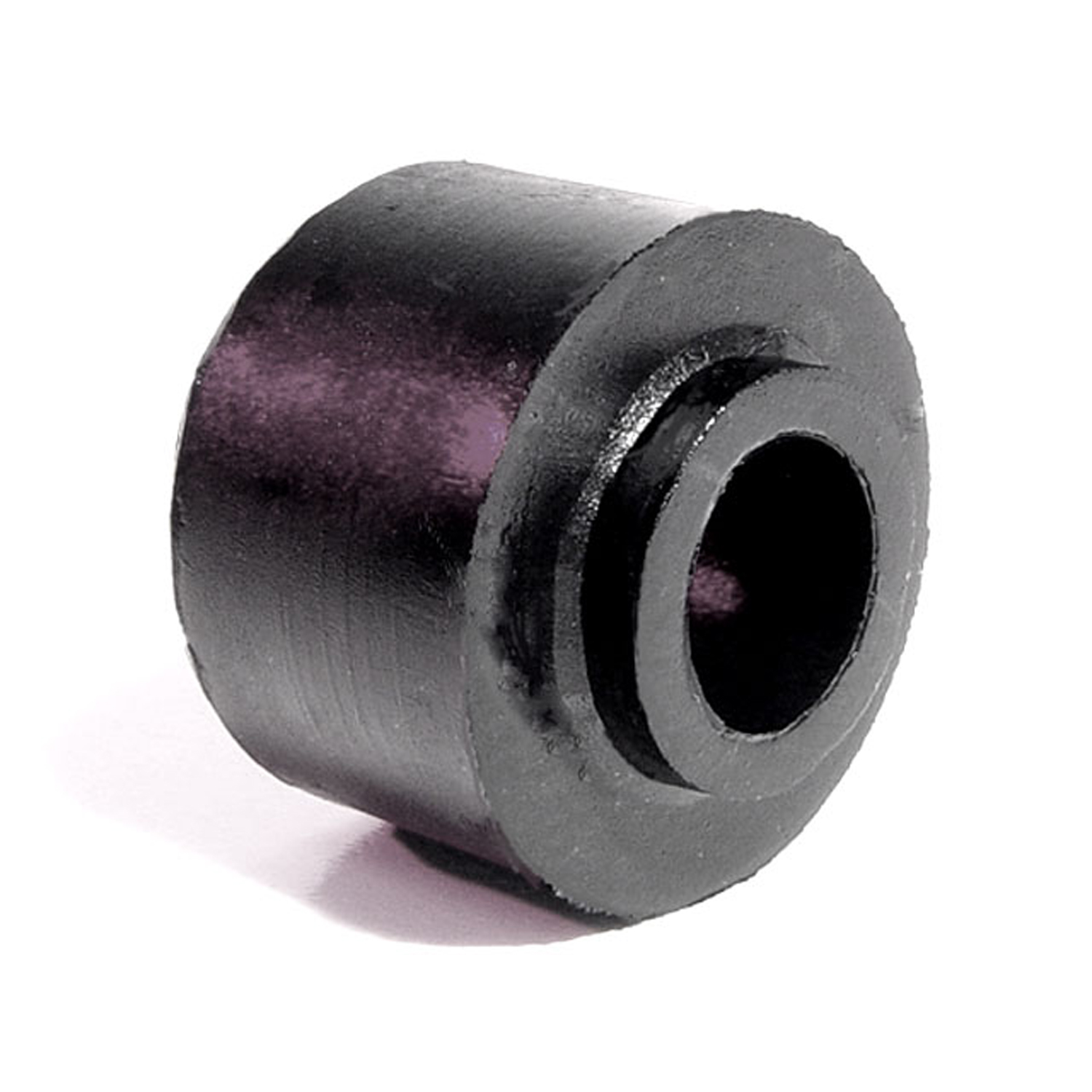 1963 Pontiac Bonneville Shock Absorber Grommet. 1" bottom O.D., 3/4" high-BN 1Shock Absorber Grommet. 1" bottom O.D., 3/4" high., with 7/16" I.D. Each
1963 Pontiac Bonneville Shock Absorber Grommet. 1" bottom O.D., 3/4" high-BN 1Shock Absorber Grommet. 1" bottom O.D., 3/4" high., with 7/16" I.D. Each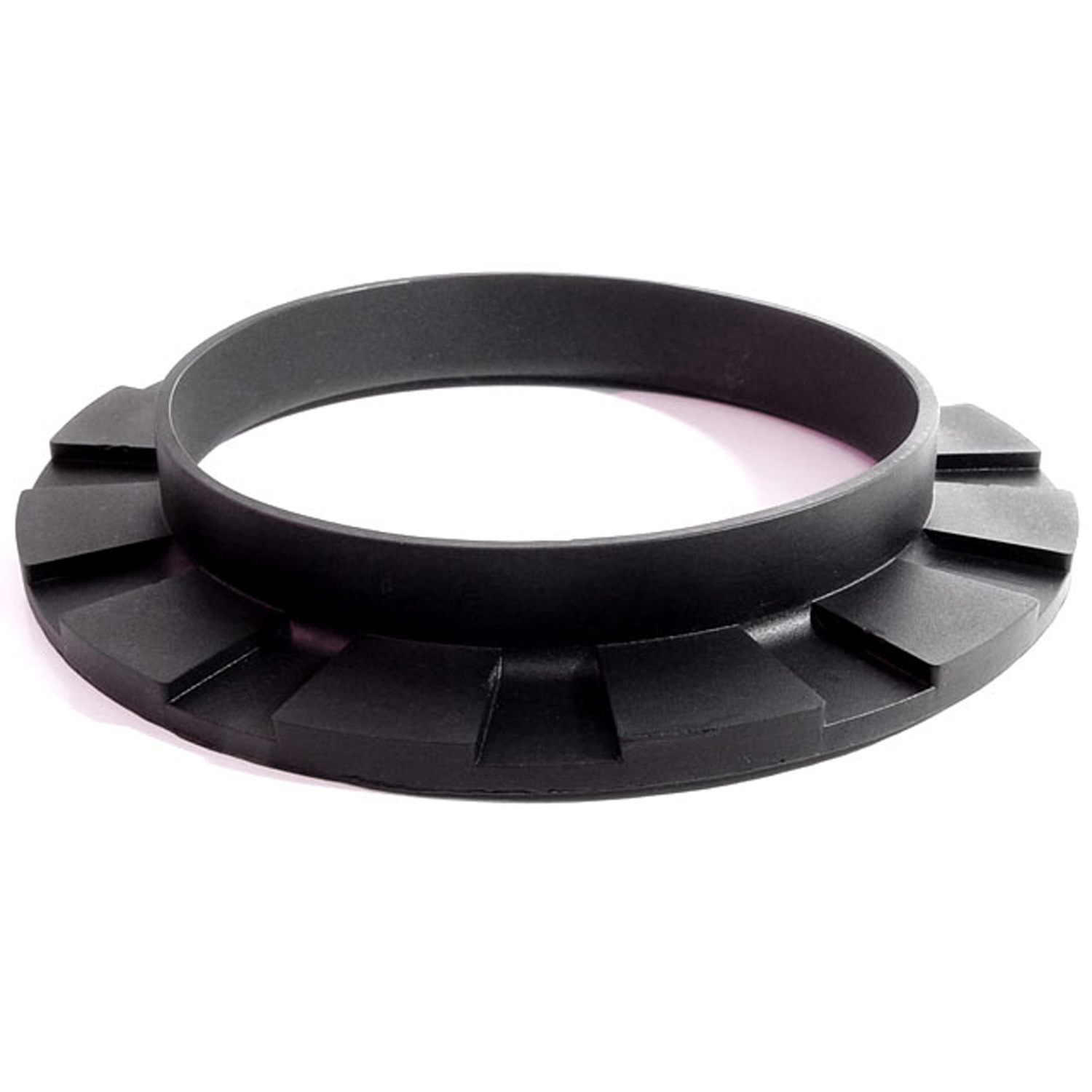 1963 Pontiac Bonneville Front coil-spring insulator-BN 110Front coil-spring insulator. Fits '41-'60 Oldsmobile and '50-'83 GM passenger models. 5-3/8 in. OD x 3-3/4 in. ID x 3/4 in. high with 13/16 in. wide bottom flange 1/4" thick, 12 flutes. Each.
1963 Pontiac Bonneville Front coil-spring insulator-BN 110Front coil-spring insulator. Fits '41-'60 Oldsmobile and '50-'83 GM passenger models. 5-3/8 in. OD x 3-3/4 in. ID x 3/4 in. high with 13/16 in. wide bottom flange 1/4" thick, 12 flutes. Each.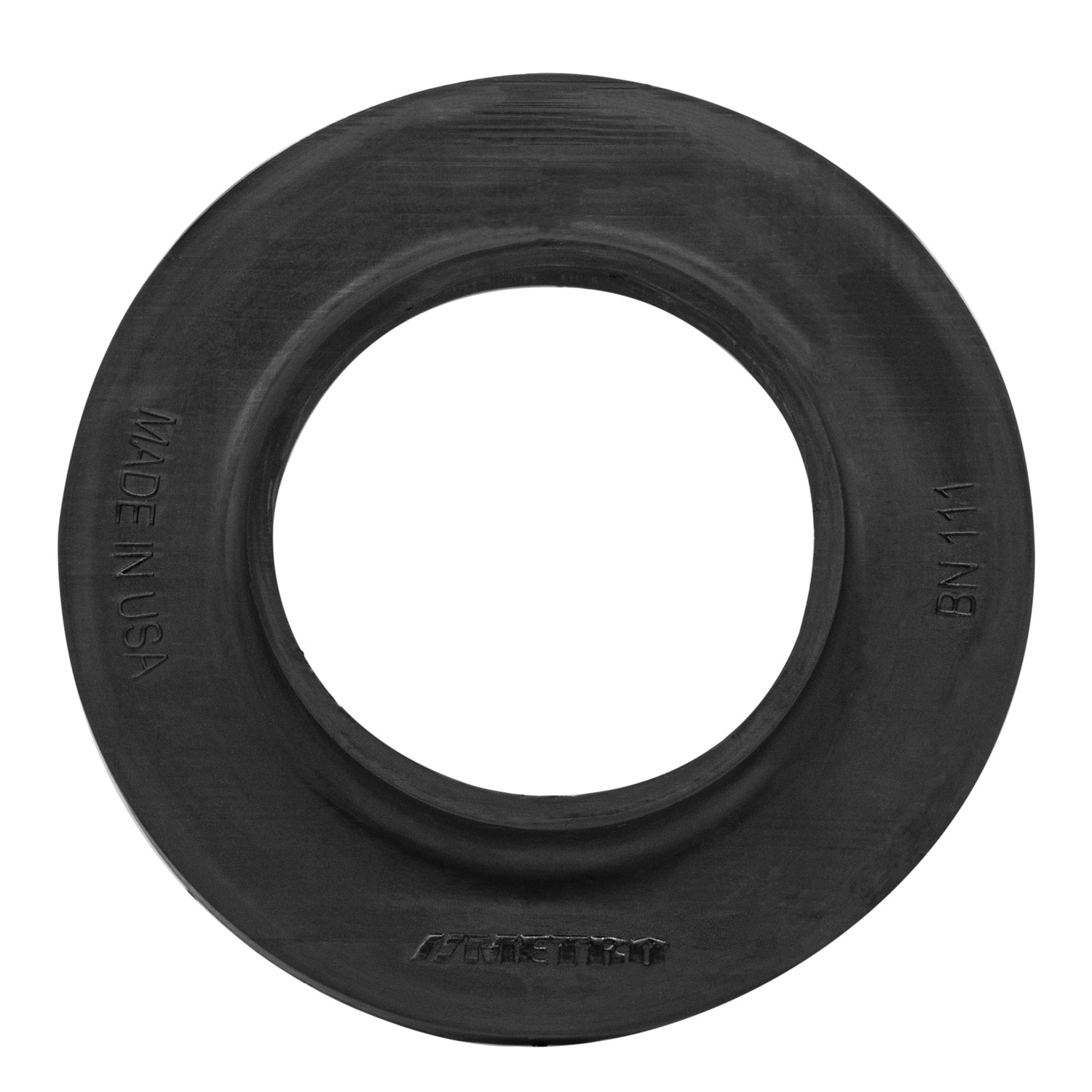 1963 Pontiac Bonneville Rear coil-spring insulator 1961-72 GM A-Body-BN 111Coil spring insulators are a great way to prevent metal-on-metal contact and noise. Manufactured to OEM specifications for a precise fit, these coil spring insulators are made of rubber and are used between the coil spring and the frame of your ride. 3-3/4 in. OD, 2-1/8 in. ID, 5/8 in. high with 3/16 in. , wide bottom flange 1/4 in. thick.
1963 Pontiac Bonneville Rear coil-spring insulator 1961-72 GM A-Body-BN 111Coil spring insulators are a great way to prevent metal-on-metal contact and noise. Manufactured to OEM specifications for a precise fit, these coil spring insulators are made of rubber and are used between the coil spring and the frame of your ride. 3-3/4 in. OD, 2-1/8 in. ID, 5/8 in. high with 3/16 in. , wide bottom flange 1/4 in. thick.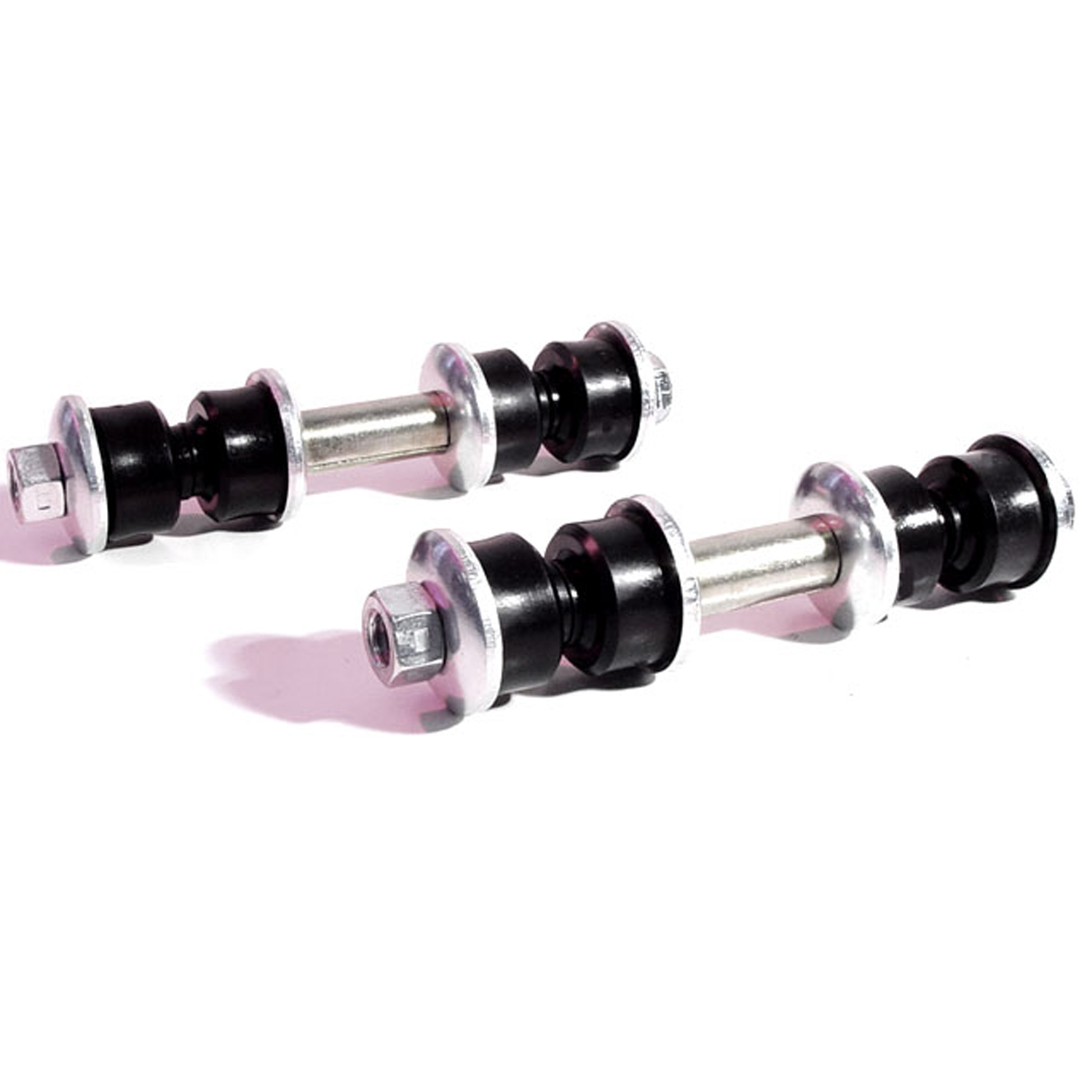 1963 Pontiac Bonneville Front Stabilizer End Repair Kit-BNK 25Front Stabilizer End Repair Kit. 22-piece set for two stabilizer bars. Contains all rubber bushings, washers, bolts and nuts, enough for one front end. Set
1963 Pontiac Bonneville Front Stabilizer End Repair Kit-BNK 25Front Stabilizer End Repair Kit. 22-piece set for two stabilizer bars. Contains all rubber bushings, washers, bolts and nuts, enough for one front end. Set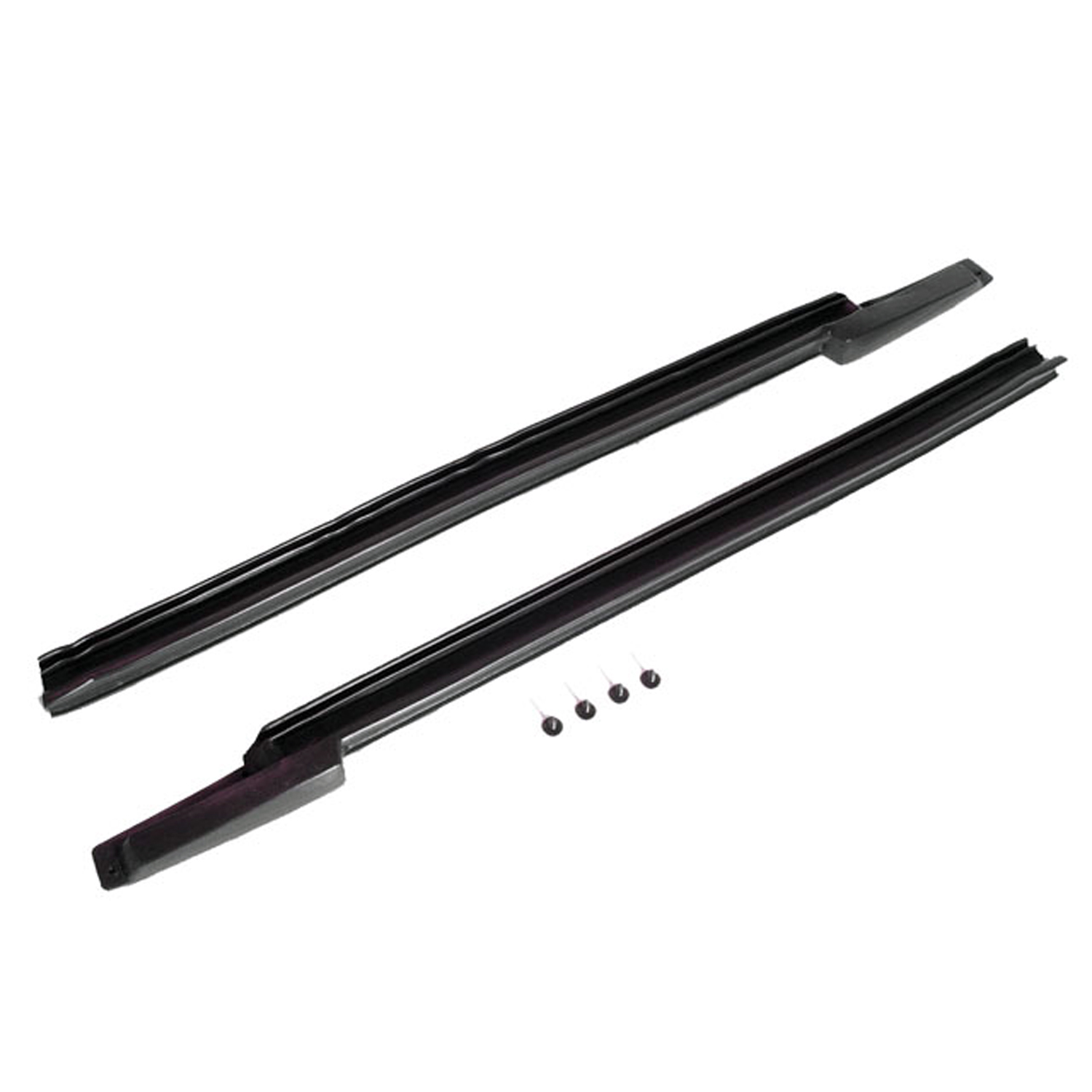 1963 Pontiac Bonneville Windshield Pillar Post Seals for Convertibles-CZ 8109Windshield Pillar Post Seals for Convertibles. Nice reproduction. 22-1/2" long. Pair
1963 Pontiac Bonneville Windshield Pillar Post Seals for Convertibles-CZ 8109Windshield Pillar Post Seals for Convertibles. Nice reproduction. 22-1/2" long. Pair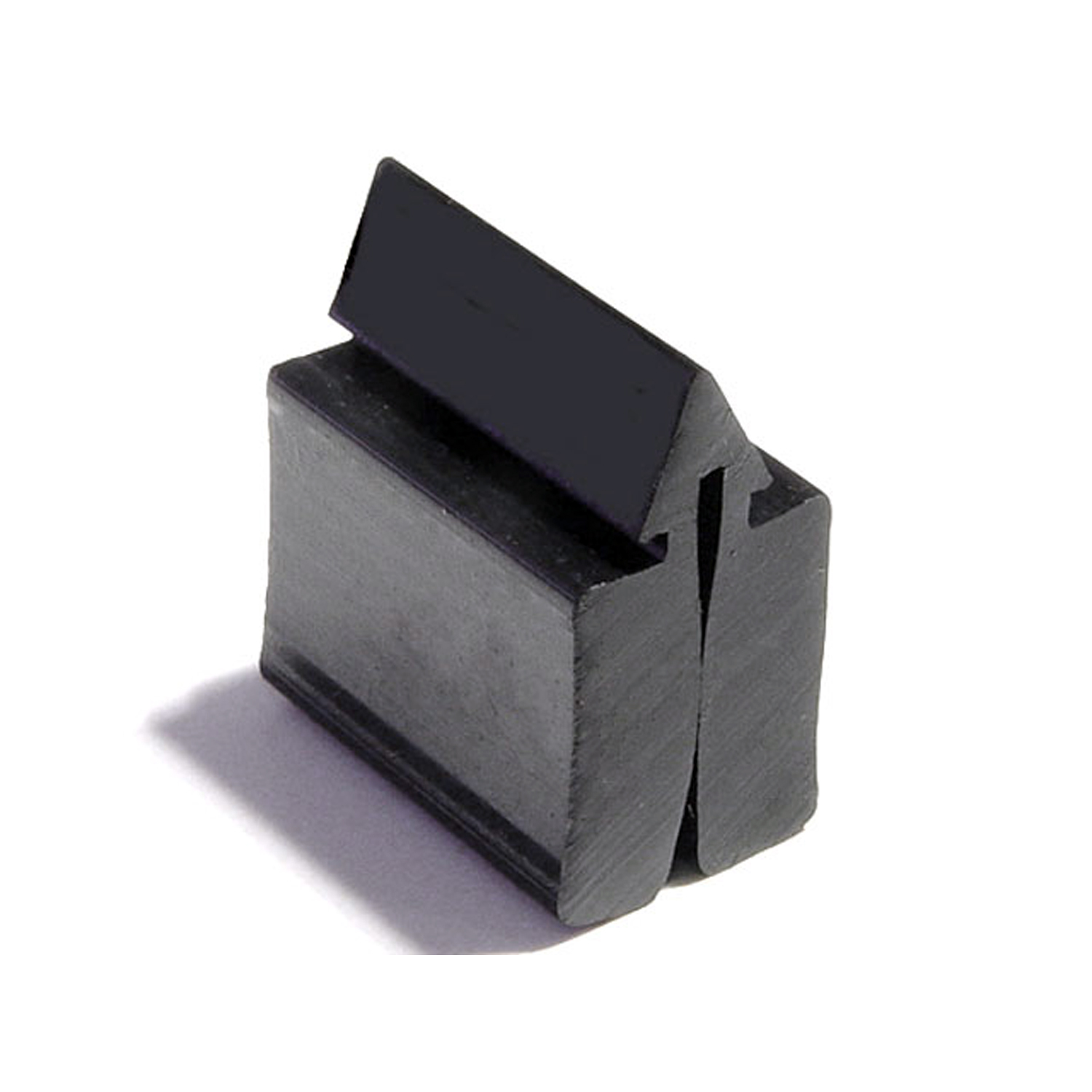 1963 Pontiac Bonneville Door Bumper. 1-3/16" high X 5/8" wide X 1" long. Each-DB 33-BDoor Bumper. 1-3/16" high X 5/8" wide X 1" long. Each
1963 Pontiac Bonneville Door Bumper. 1-3/16" high X 5/8" wide X 1" long. Each-DB 33-BDoor Bumper. 1-3/16" high X 5/8" wide X 1" long. Each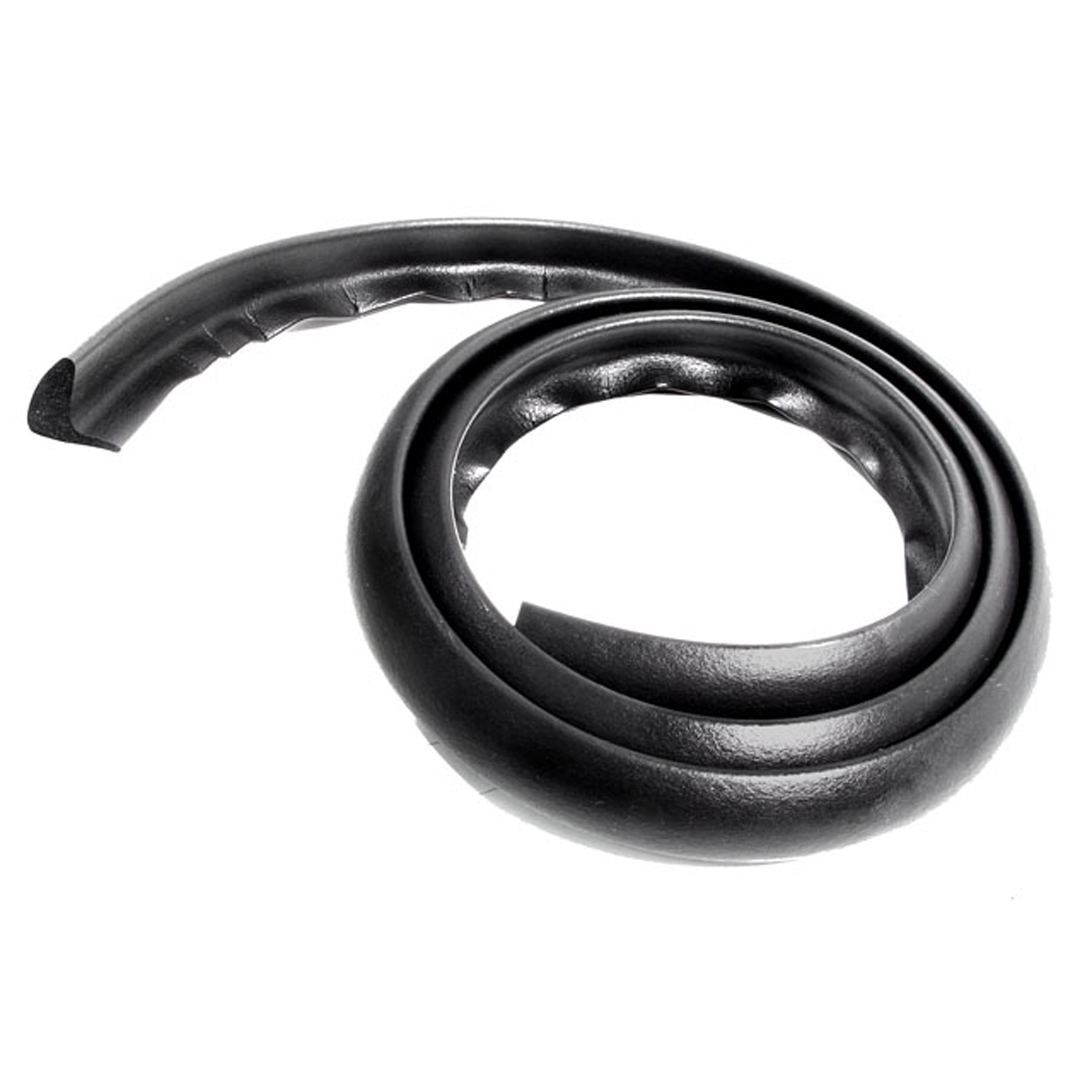 1963 Pontiac Bonneville Header Seal for Convertibles. 59-1/4" Long. Each-HD 701Header Seal for Convertibles. 59-1/4" Long. Each
1963 Pontiac Bonneville Header Seal for Convertibles. 59-1/4" Long. Each-HD 701Header Seal for Convertibles. 59-1/4" Long. Each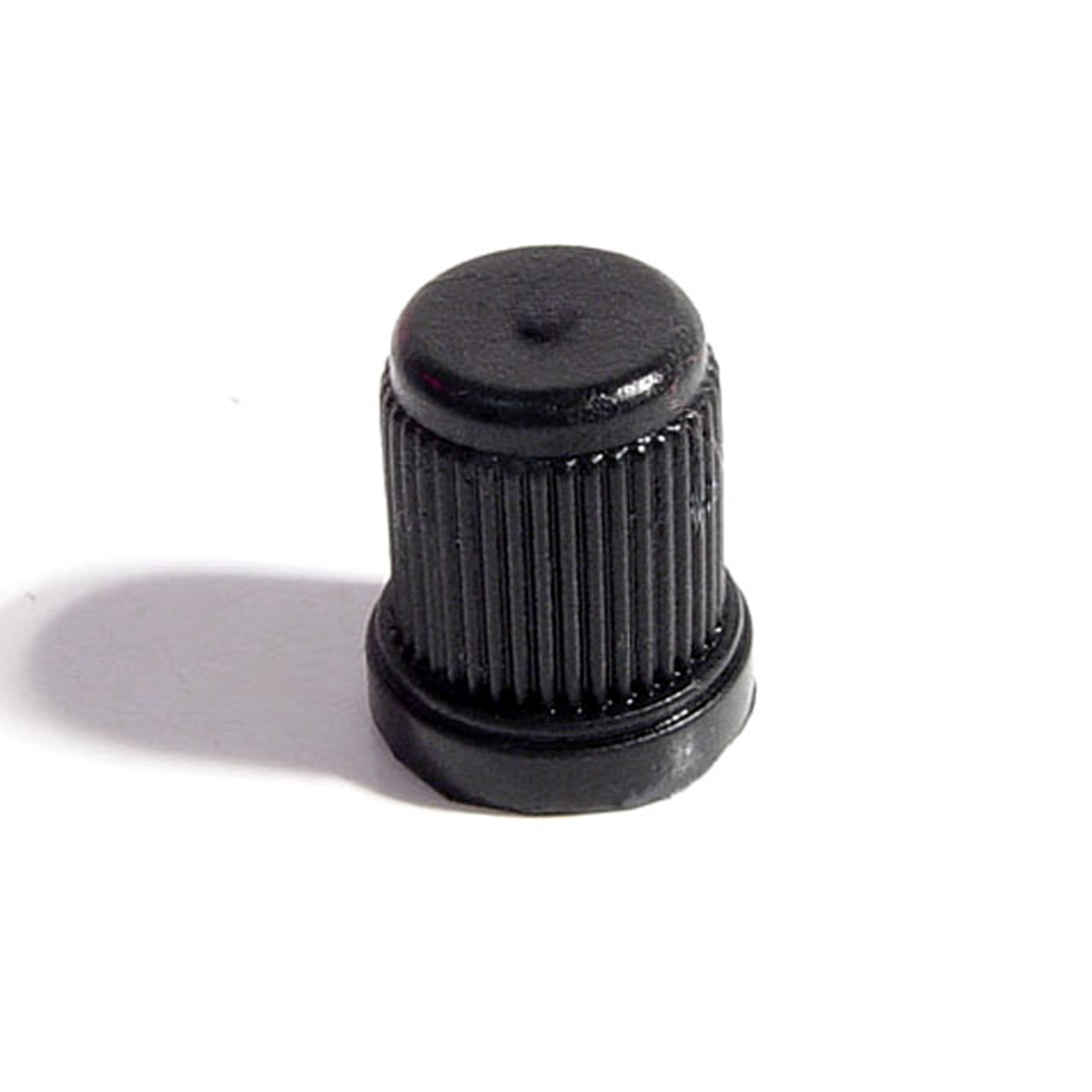 1963 Pontiac Bonneville Trip Meter Reset Knob. Made of black rubber-KN 10Trip Meter Reset Knob. Made of black rubber. Compare to measurements: 1/8" I.D., 7/16" O.D. X 1/2" tall. Each
1963 Pontiac Bonneville Trip Meter Reset Knob. Made of black rubber-KN 10Trip Meter Reset Knob. Made of black rubber. Compare to measurements: 1/8" I.D., 7/16" O.D. X 1/2" tall. Each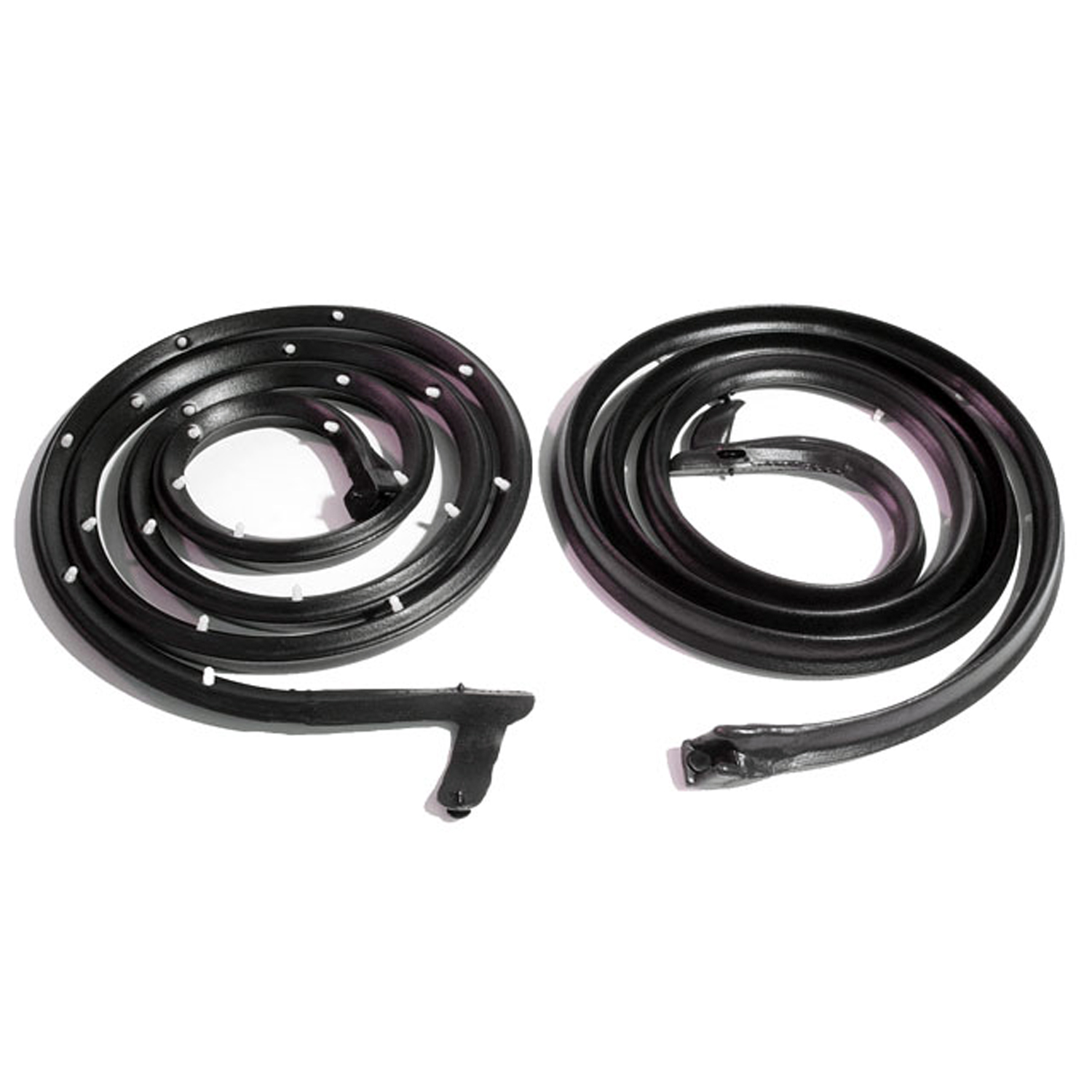 1963 Pontiac Bonneville Door Seals, with Clips and Molded Ends-LM 20-ADoor Seals, with Clips and Molded Ends. For 2-Door Hardtops and Convertibles. Replaces OEM #4474550/1. Pair R&L
1963 Pontiac Bonneville Door Seals, with Clips and Molded Ends-LM 20-ADoor Seals, with Clips and Molded Ends. For 2-Door Hardtops and Convertibles. Replaces OEM #4474550/1. Pair R&L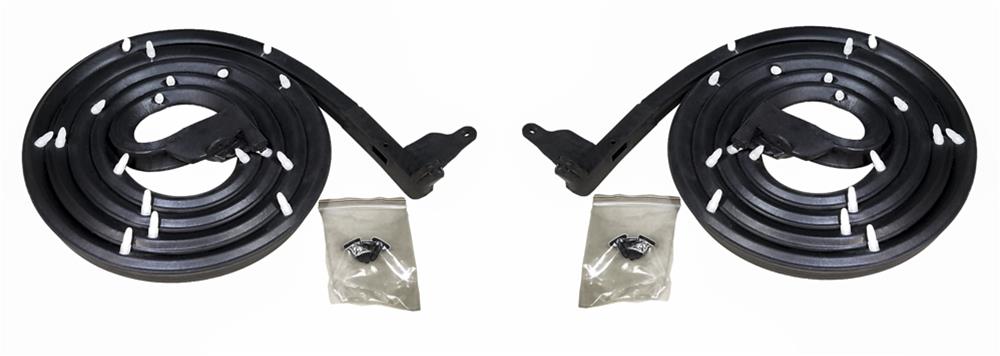 1963 Pontiac Bonneville Front Molded Door Seals with Clips. For 4-Door Hardtop Only-LM 21-L1963-1964 GM C-Body, 4 Door Hardtop - Door Weatherstrip Seal Kit, Left and Right Hand, 2 Piece Kit
1963 Pontiac Bonneville Front Molded Door Seals with Clips. For 4-Door Hardtop Only-LM 21-L1963-1964 GM C-Body, 4 Door Hardtop - Door Weatherstrip Seal Kit, Left and Right Hand, 2 Piece Kit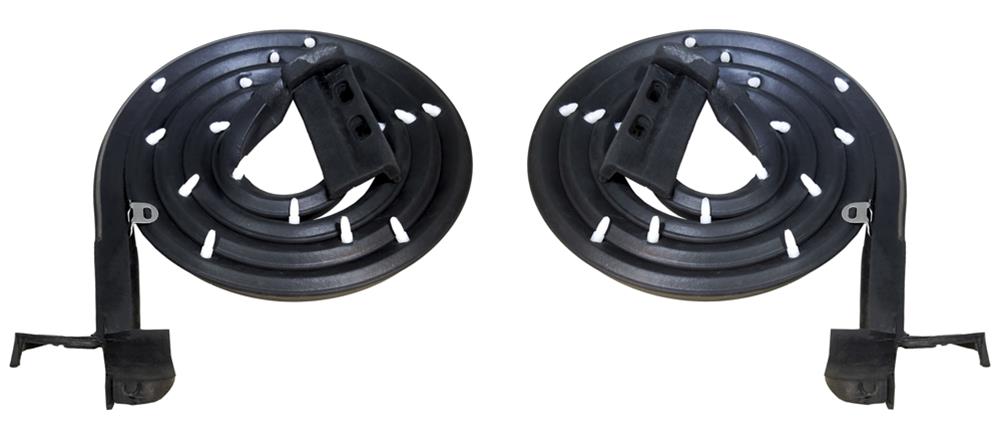 1963 Pontiac Bonneville Rear Molded Door Seals with Clips. For 4-Hardtop Only, Pair-LM 21-L/RRear Molded Door Seals with Clips. For 4-HARDTOP Only 1961-1964 GM B-Body, , Left and Right Hand, 2 Piece Kit
1963 Pontiac Bonneville Rear Molded Door Seals with Clips. For 4-Hardtop Only, Pair-LM 21-L/RRear Molded Door Seals with Clips. For 4-HARDTOP Only 1961-1964 GM B-Body, , Left and Right Hand, 2 Piece Kit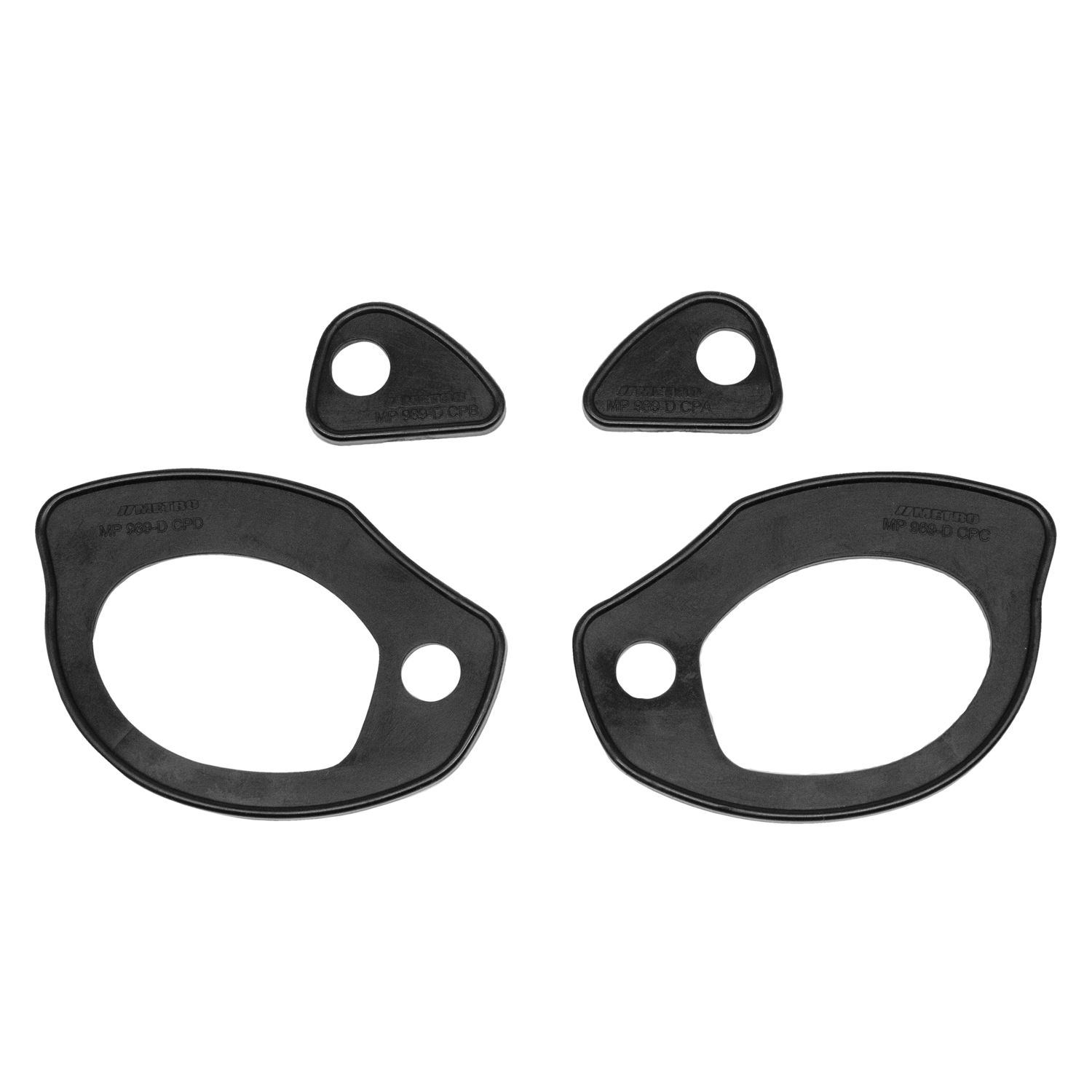 1963 Pontiac Bonneville Door Handle Pads. 2-5/8" long & 1-1/8" long. Set R&L-MP 989-DDoor Handle Pads. 2-5/8" long & 1-1/8" long. Set R&L
1963 Pontiac Bonneville Door Handle Pads. 2-5/8" long & 1-1/8" long. Set R&L-MP 989-DDoor Handle Pads. 2-5/8" long & 1-1/8" long. Set R&L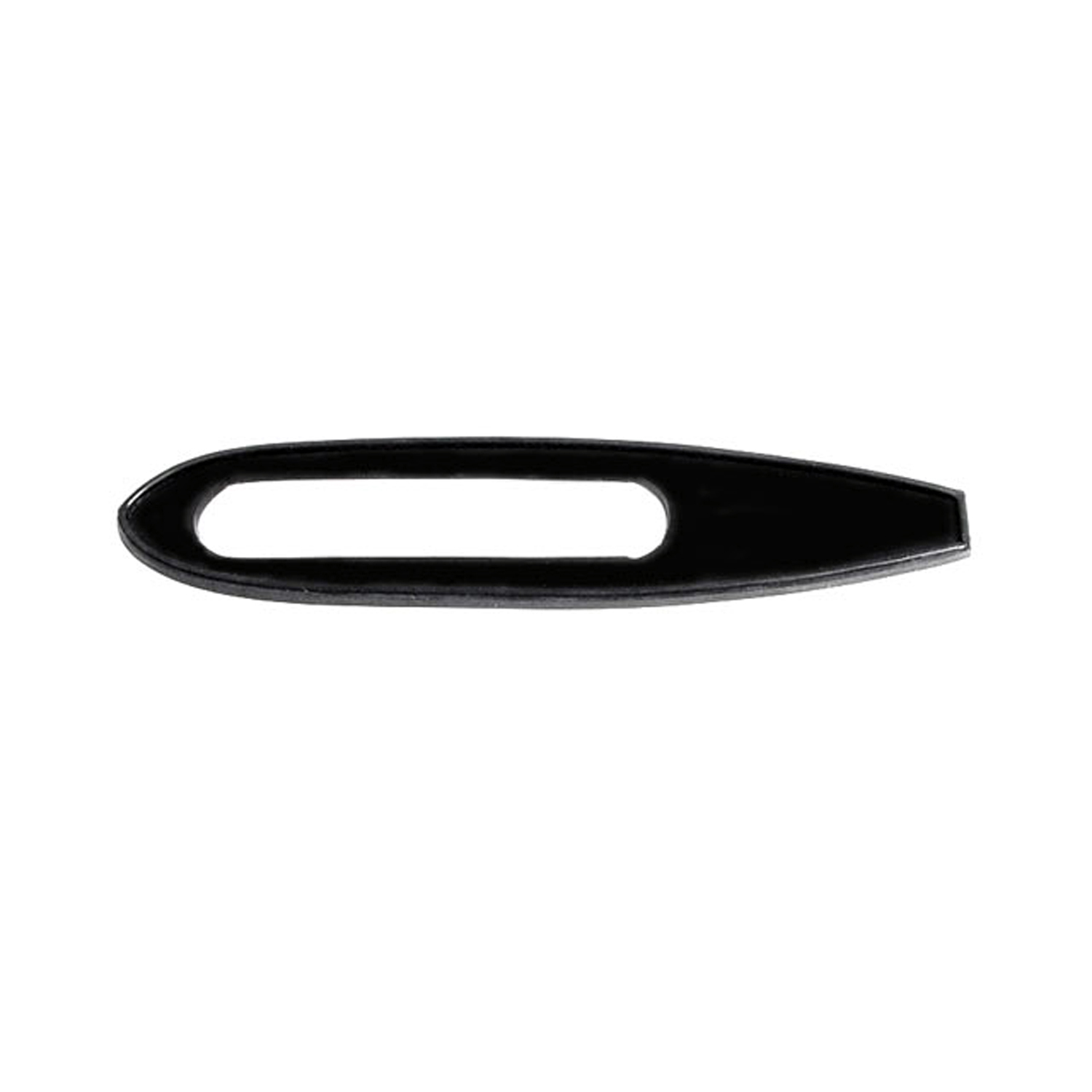 1963 Pontiac Bonneville Remote Mirror Pad. 1-1/4" wide X 5-1/4" long. Each-MP 989-KRemote Mirror Pad. 1-1/4" wide X 5-1/4" long. Each
1963 Pontiac Bonneville Remote Mirror Pad. 1-1/4" wide X 5-1/4" long. Each-MP 989-KRemote Mirror Pad. 1-1/4" wide X 5-1/4" long. Each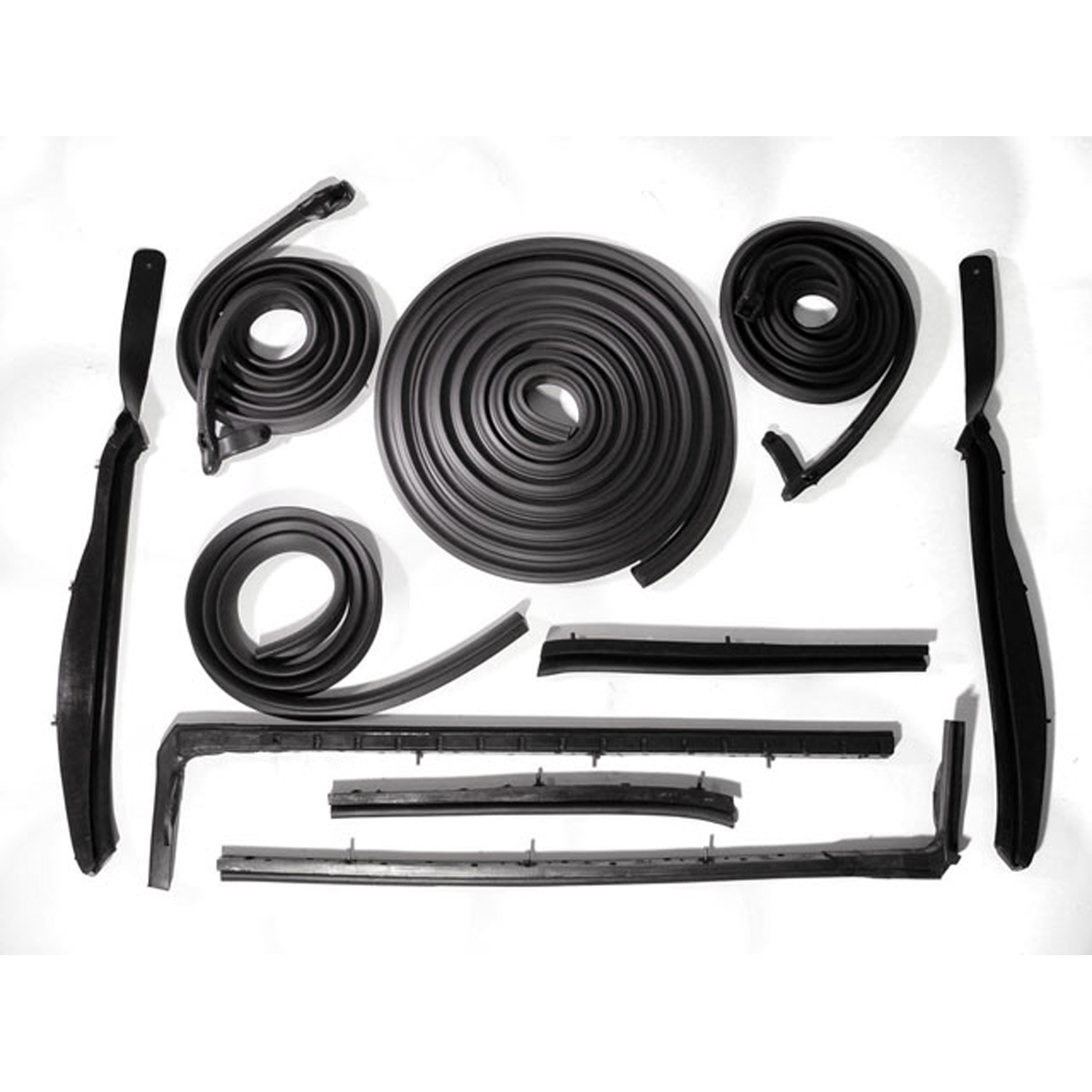 1963 Pontiac Bonneville Basic Kit, for Convertibles-RKB 2007-107Basic Kit, for Convertibles. Door (LM 20-A) Roof Rail (RR 1812) Trunk (TK 46-18), Seals.
1963 Pontiac Bonneville Basic Kit, for Convertibles-RKB 2007-107Basic Kit, for Convertibles. Door (LM 20-A) Roof Rail (RR 1812) Trunk (TK 46-18), Seals.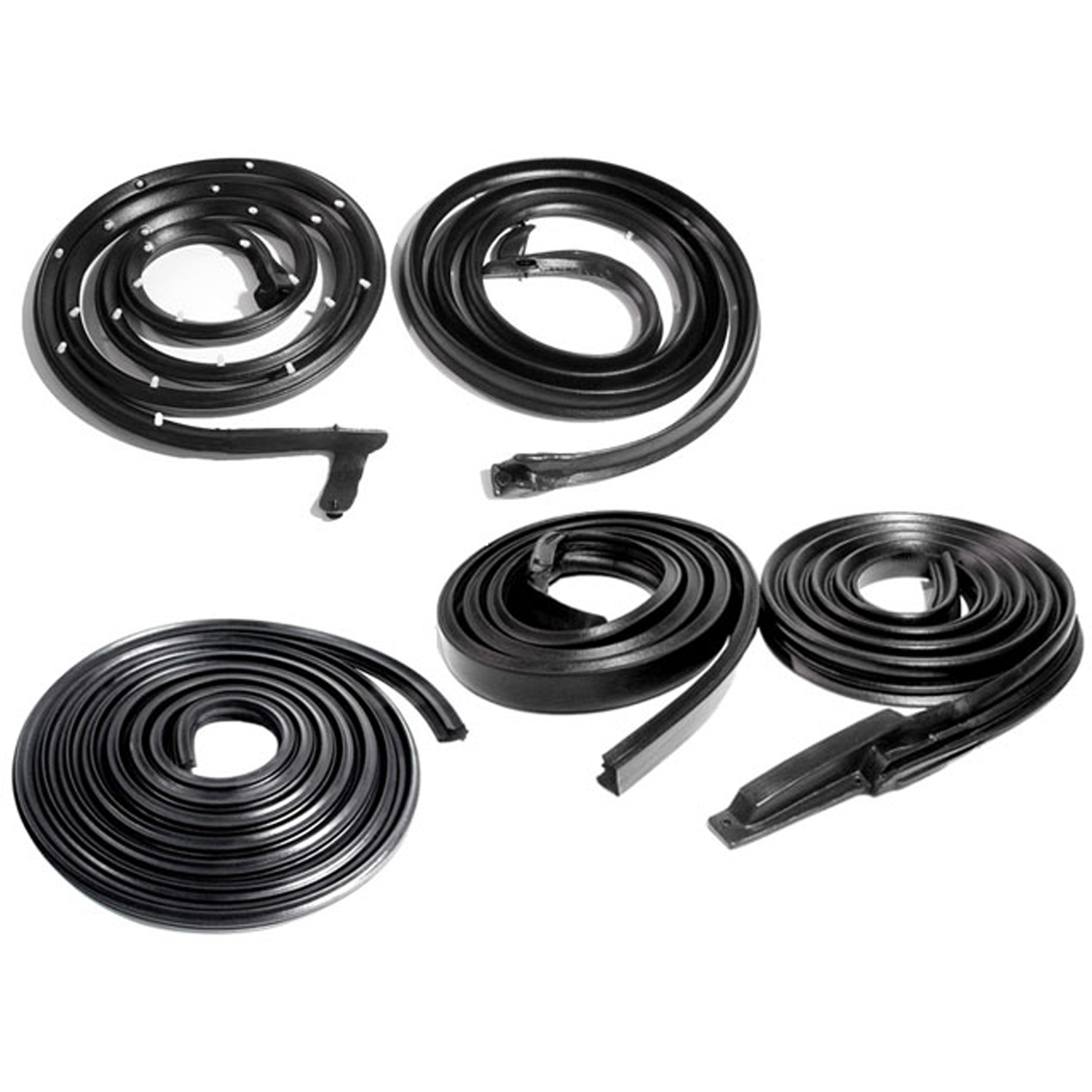 1963 Pontiac Bonneville Basic Kit, for 2-Door Hardtop-RKB 2009-106Basic Kit, for 2-Door Hardtop. Door (LM 20-A) Roof Rail (RR 5005) Trunk (TK 46-18), Seals.
1963 Pontiac Bonneville Basic Kit, for 2-Door Hardtop-RKB 2009-106Basic Kit, for 2-Door Hardtop. Door (LM 20-A) Roof Rail (RR 5005) Trunk (TK 46-18), Seals.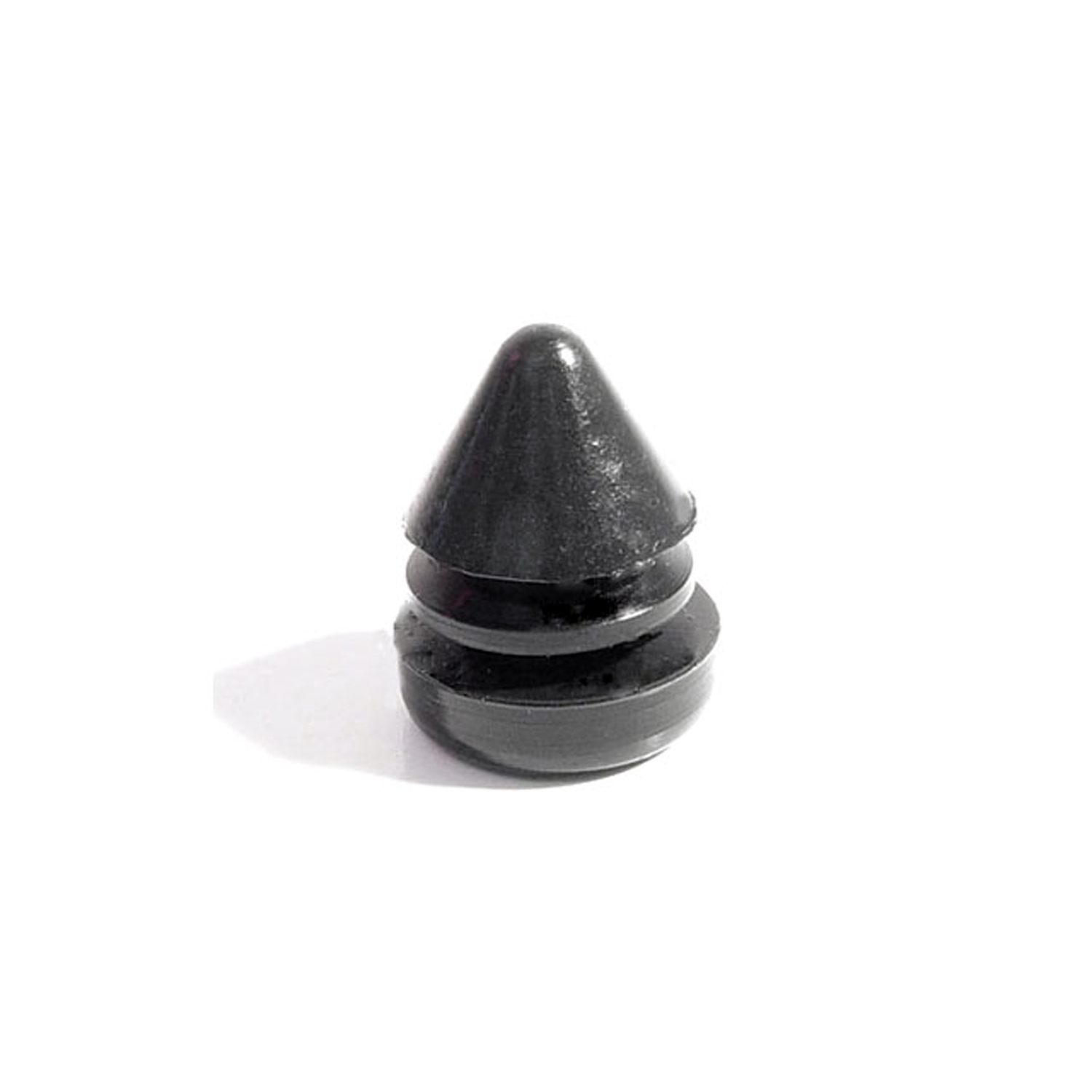 1963 Pontiac Bonneville Hydro-Electric Power Unit Mounting Cushion-RP 710Hydro-Electric Power Unit Mounting Cushion. For convertibles only. Each
1963 Pontiac Bonneville Hydro-Electric Power Unit Mounting Cushion-RP 710Hydro-Electric Power Unit Mounting Cushion. For convertibles only. Each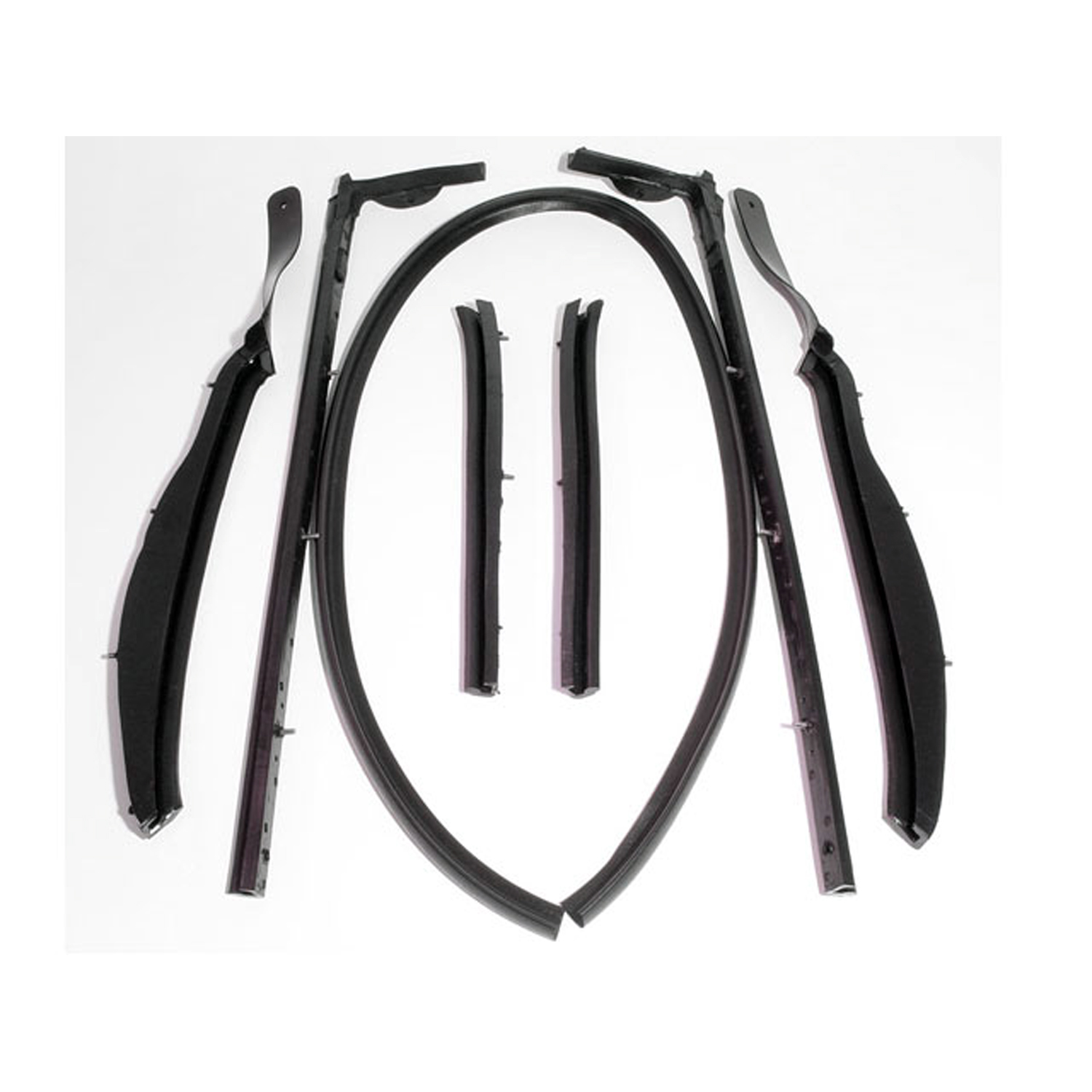 1963 Pontiac Bonneville Convertible Top Roof Rail Kit-RR 1812Convertible Top Roof Rail Kit. 7-Piece set includes all right and left side top rail seals and windshield top header seal. Made with full steel cores and threaded studs. Middle section is 13-3/4" long. Note: '61 model year may need some modifications.
1963 Pontiac Bonneville Convertible Top Roof Rail Kit-RR 1812Convertible Top Roof Rail Kit. 7-Piece set includes all right and left side top rail seals and windshield top header seal. Made with full steel cores and threaded studs. Middle section is 13-3/4" long. Note: '61 model year may need some modifications.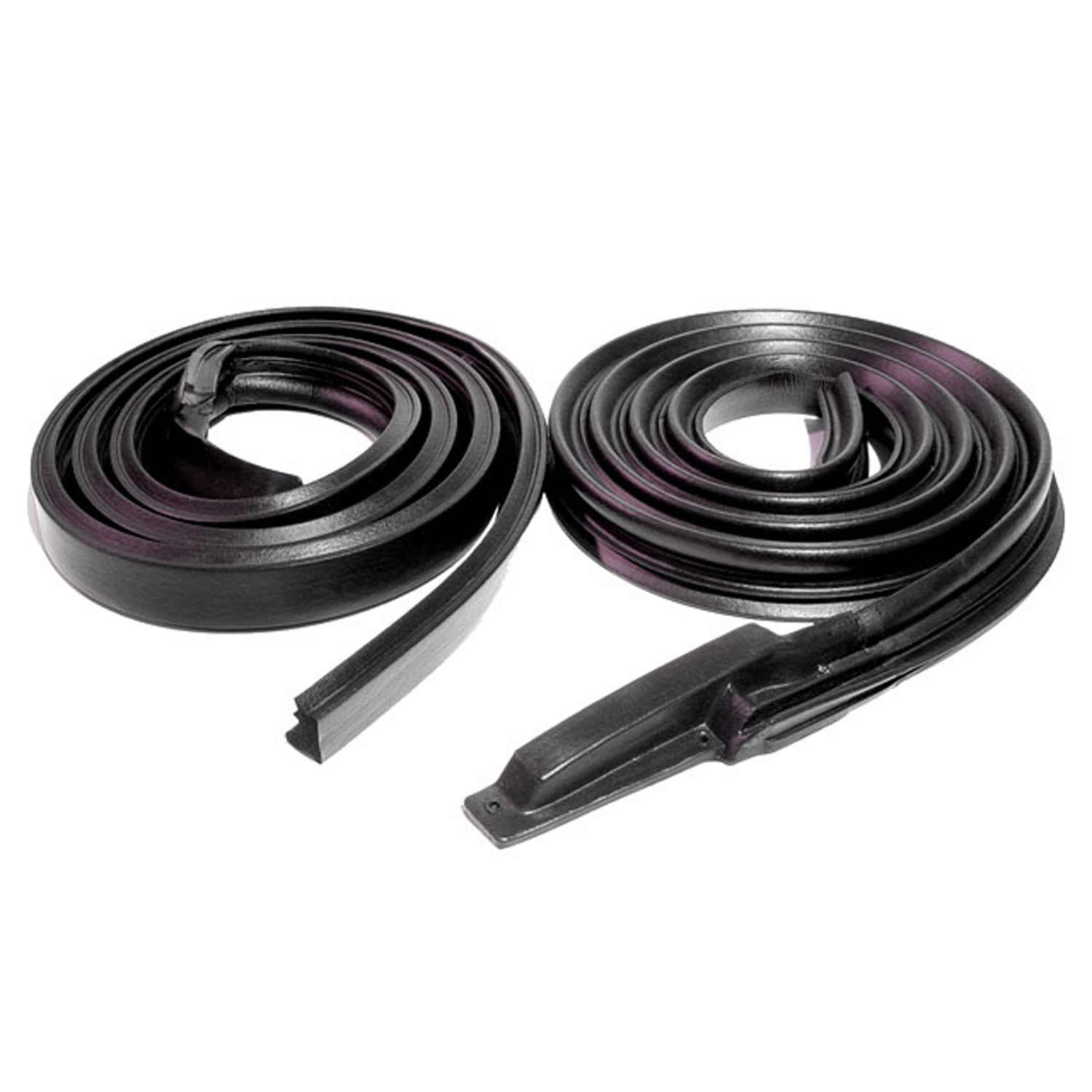 1963 Pontiac Bonneville Molded Roof Rail Seals for 2-Door Hardtop. Pair R&L-RR 5005Molded Roof Rail Seals for 2-Door Hardtop. Pair R&L
1963 Pontiac Bonneville Molded Roof Rail Seals for 2-Door Hardtop. Pair R&L-RR 5005Molded Roof Rail Seals for 2-Door Hardtop. Pair R&L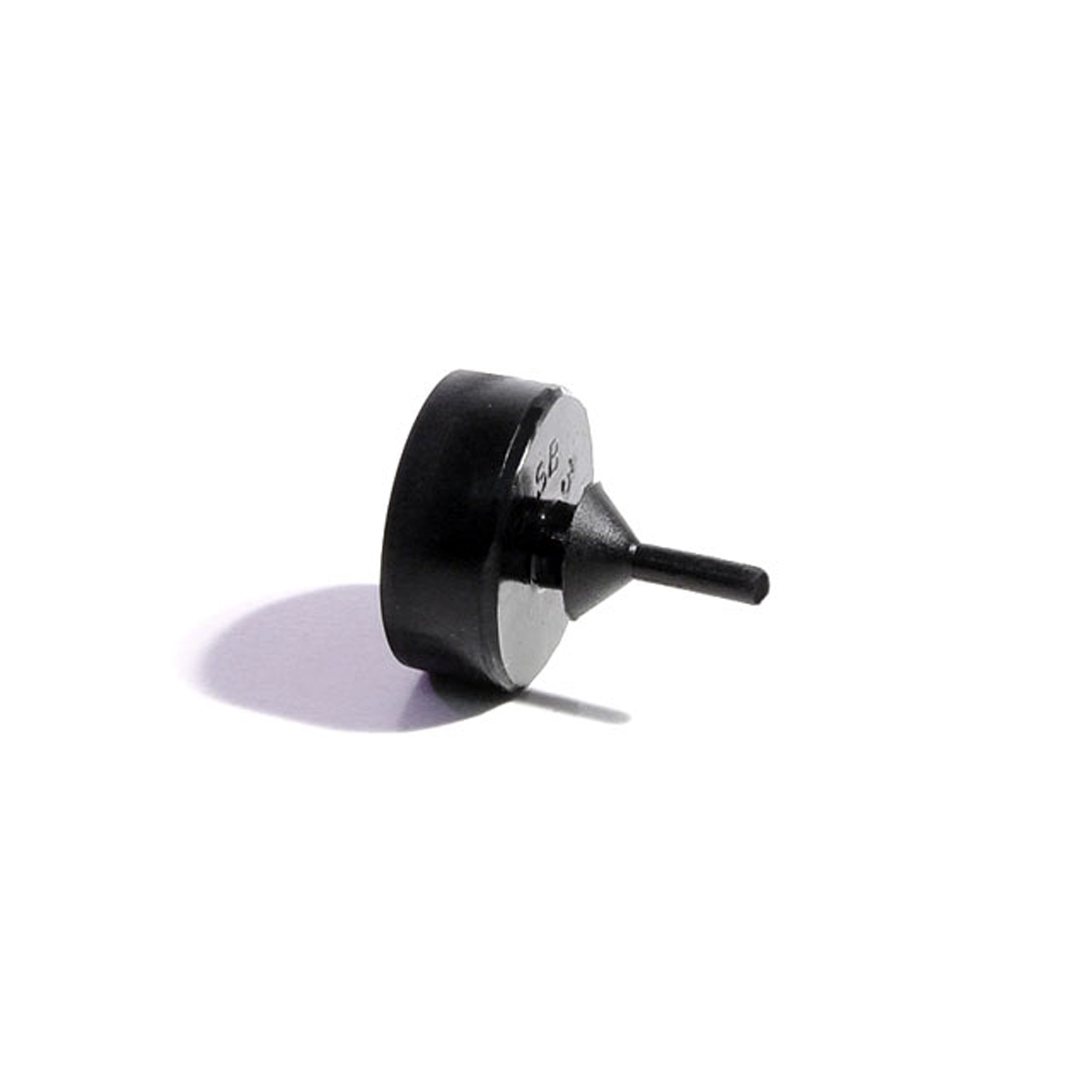 1963 Pontiac Bonneville Trunk Bumper. Fits lower corner on decklid. 15/16" O.D-SB 34Trunk Bumper. Fits lower corner on decklid. 15/16" O.D., 11/16" high. Each
1963 Pontiac Bonneville Trunk Bumper. Fits lower corner on decklid. 15/16" O.D-SB 34Trunk Bumper. Fits lower corner on decklid. 15/16" O.D., 11/16" high. Each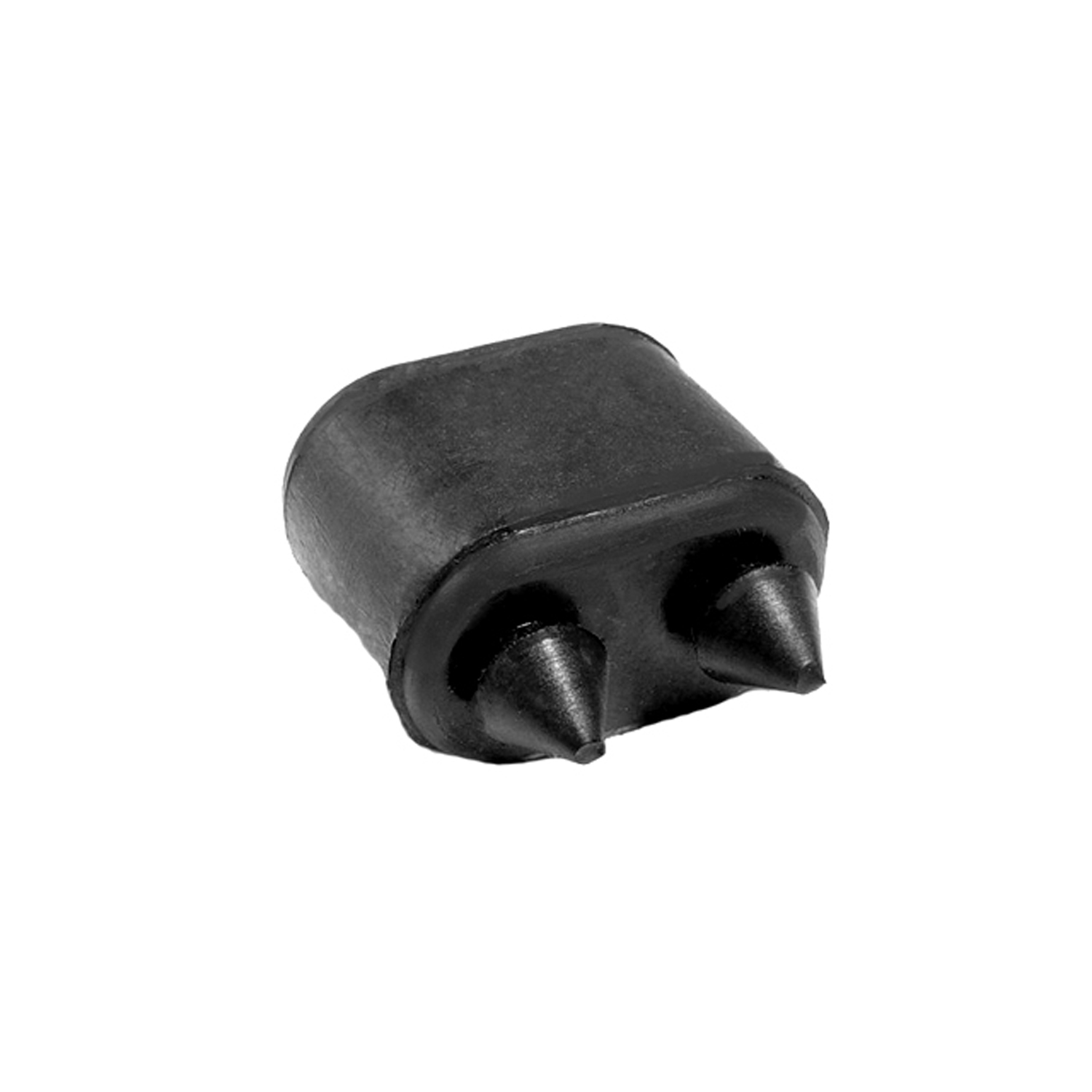 1963 Pontiac Bonneville Door Bumper, 57-74 GM Cars, Made with Twin Retainers, Each-SB 35Door Bumper, 57-74 GM Cars, made with twin retainers, Each. Measure 1-1/16" high X 19/32" wide X 1-1/32" long.
1963 Pontiac Bonneville Door Bumper, 57-74 GM Cars, Made with Twin Retainers, Each-SB 35Door Bumper, 57-74 GM Cars, made with twin retainers, Each. Measure 1-1/16" high X 19/32" wide X 1-1/32" long.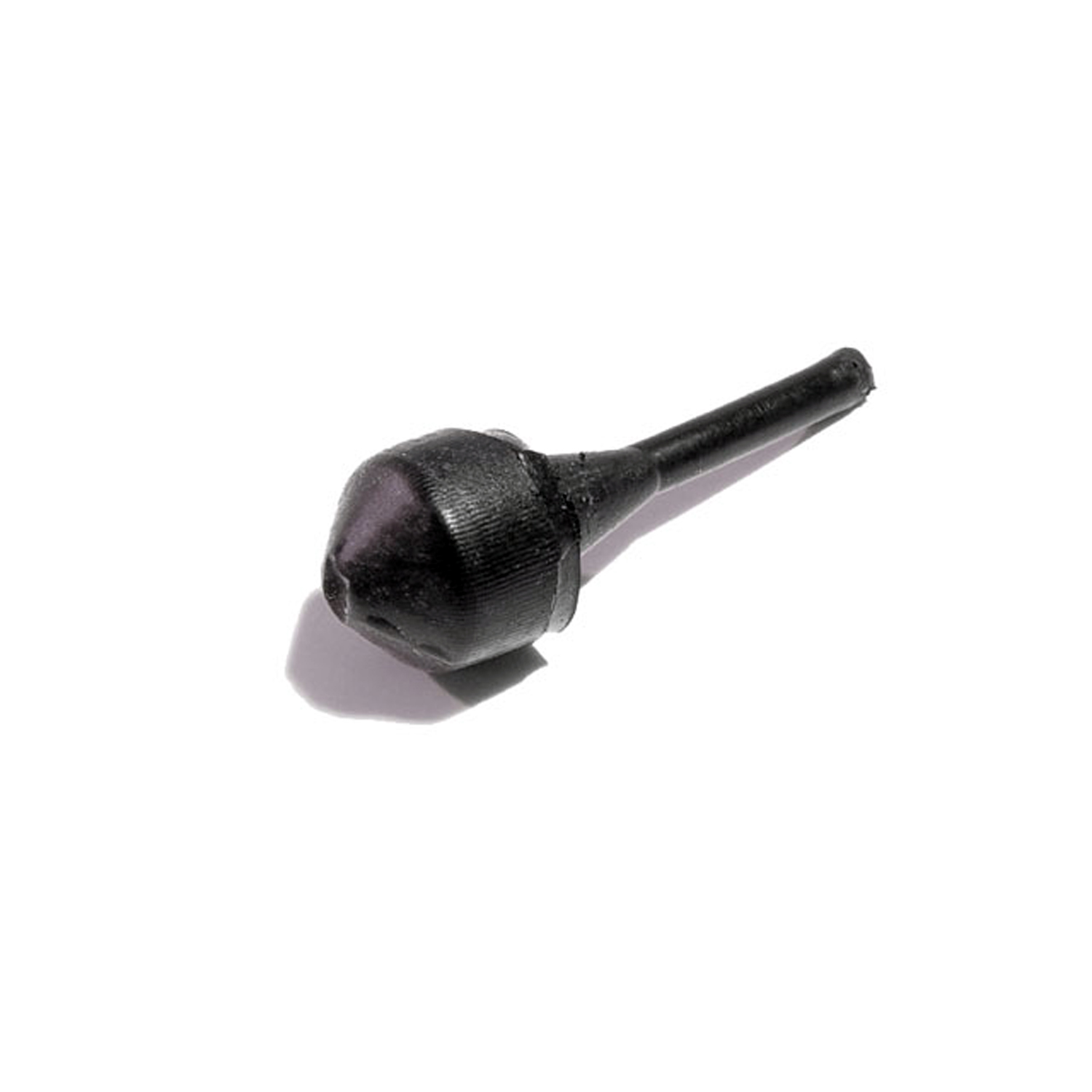 1963 Pontiac Bonneville Glove Box and Fuel Door Bumper. Fits 3/16" hole. Each-SB 78Glove Box and Fuel Door Bumper. Fits 3/16" hole. Each
1963 Pontiac Bonneville Glove Box and Fuel Door Bumper. Fits 3/16" hole. Each-SB 78Glove Box and Fuel Door Bumper. Fits 3/16" hole. Each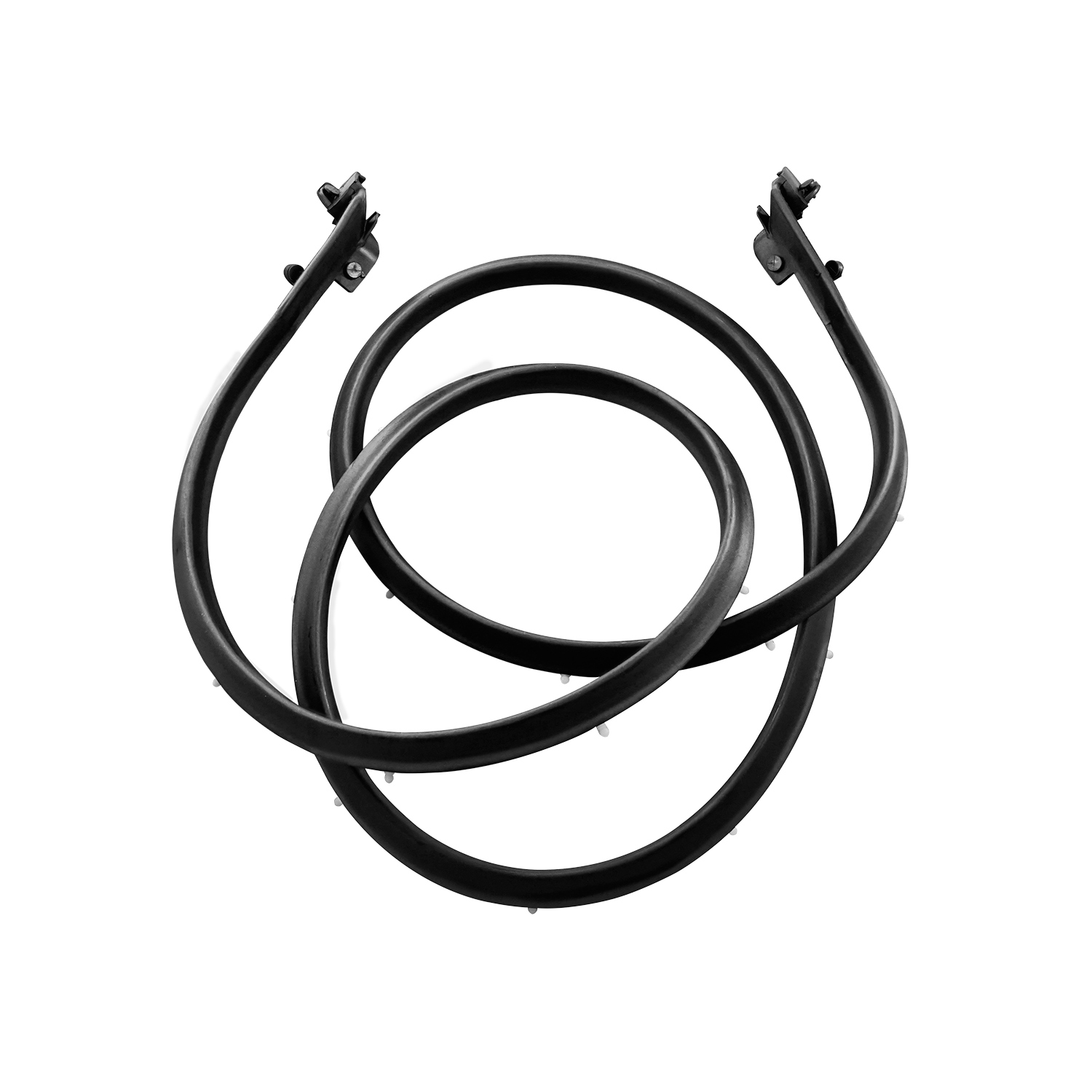 1963 Pontiac Bonneville Tailgate seal. Fits '61-'64 GM B-body 4-door station wagons-TG 11Tailgate seal. Fits '61-'64 GM B-body 4-door station wagons. Replaces OEM#'s 4401283 and 4401284. Each.
1963 Pontiac Bonneville Tailgate seal. Fits '61-'64 GM B-body 4-door station wagons-TG 11Tailgate seal. Fits '61-'64 GM B-body 4-door station wagons. Replaces OEM#'s 4401283 and 4401284. Each.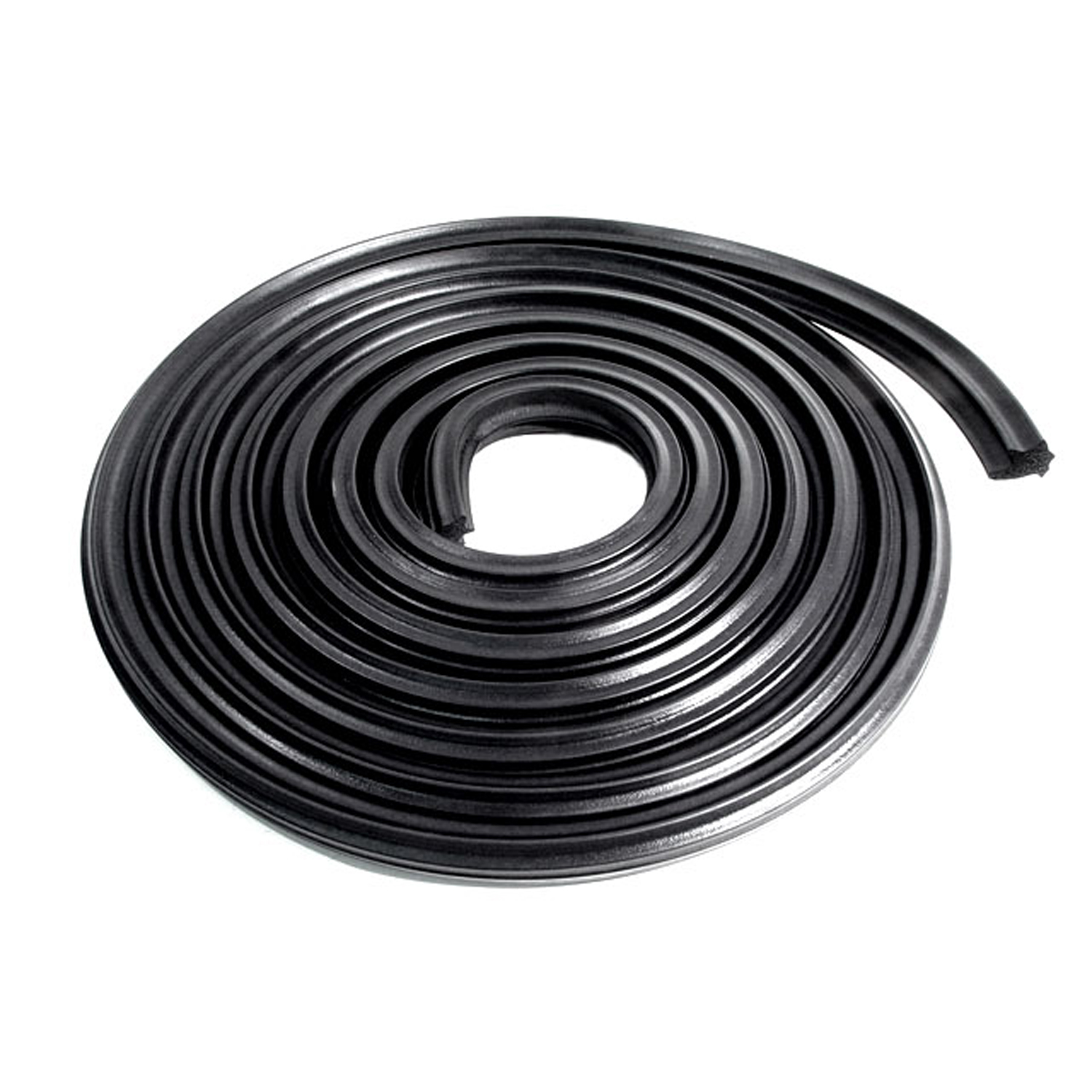 1963 Pontiac Bonneville Trunk Seal. 18 feet long. Each-TK 46-18Trunk Seal. 18 feet long. Each
1963 Pontiac Bonneville Trunk Seal. 18 feet long. Each-TK 46-18Trunk Seal. 18 feet long. Each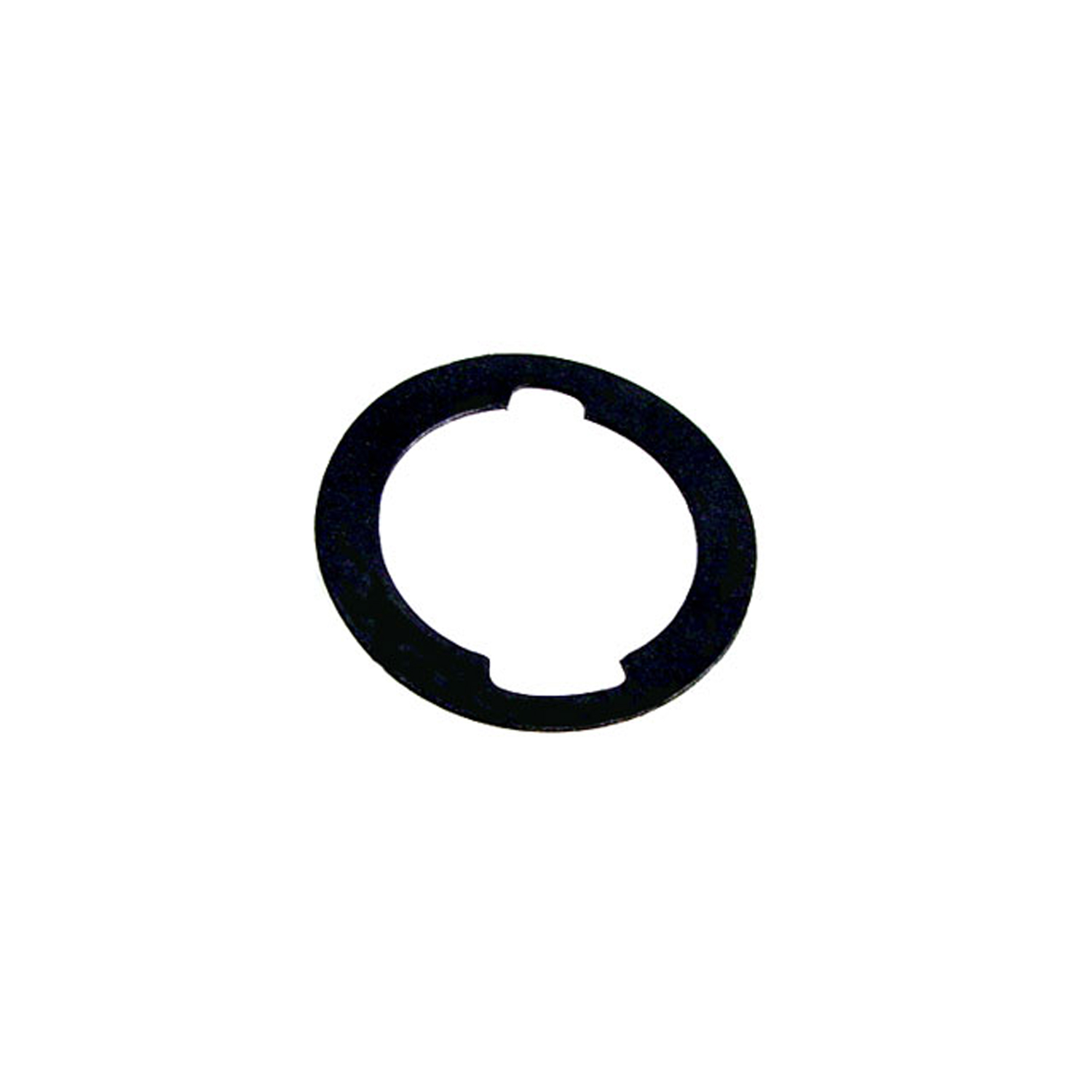 1963 Pontiac Bonneville Unbeaded Door and Trunk Lock Gasket. 1-3/16" O.D., 7/8" I.D-UM 1600-100Unbeaded Door and Trunk Lock Gasket. 1-3/16" O.D., 7/8" I.D. Each
1963 Pontiac Bonneville Unbeaded Door and Trunk Lock Gasket. 1-3/16" O.D., 7/8" I.D-UM 1600-100Unbeaded Door and Trunk Lock Gasket. 1-3/16" O.D., 7/8" I.D. Each 1963 Pontiac Bonneville Quarter Window Seals, for 4-Door Hardtops-VS 4-DQuarter Window Seals, for 4-Door Hardtops. For leading edge of rear quarter windows. 14" long. Pair
1963 Pontiac Bonneville Quarter Window Seals, for 4-Door Hardtops-VS 4-DQuarter Window Seals, for 4-Door Hardtops. For leading edge of rear quarter windows. 14" long. Pair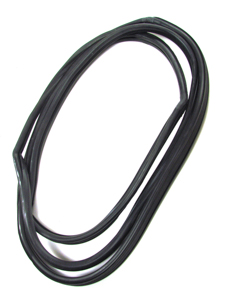 1963 Pontiac Bonneville Vulcanized Windshield Seal, for 2-Door Hardtop. Each-VWS 0626Vulcanized Windshield Seal, for 2-Door Hardtop. Each
1963 Pontiac Bonneville Vulcanized Windshield Seal, for 2-Door Hardtop. Each-VWS 0626Vulcanized Windshield Seal, for 2-Door Hardtop. Each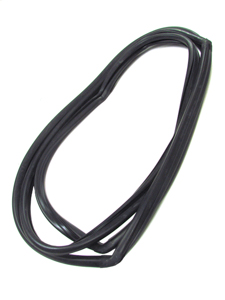 1963 Pontiac Bonneville Vulcanized Windshield Seal, for 2-Door Convertible. Each-VWS 0627Vulcanized Windshield Seal, for 2-Door Convertible. Each
1963 Pontiac Bonneville Vulcanized Windshield Seal, for 2-Door Convertible. Each-VWS 0627Vulcanized Windshield Seal, for 2-Door Convertible. Each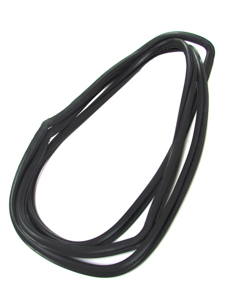 1963 Pontiac Bonneville Vulcanized Windshield Seal,for 4-Door Hardtop. Each-VWS 0628Vulcanized Windshield Seal,for 4-Door Hardtop. Each
1963 Pontiac Bonneville Vulcanized Windshield Seal,for 4-Door Hardtop. Each-VWS 0628Vulcanized Windshield Seal,for 4-Door Hardtop. Each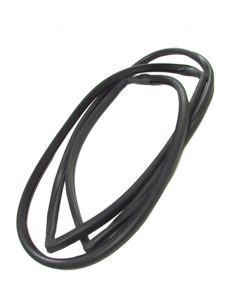 1963 Pontiac Bonneville Vulcanized Windshield Seal, for 4-Door Sedan. Each-VWS 0631Vulcanized Windshield Seal, for 4-Door Sedan. Each
1963 Pontiac Bonneville Vulcanized Windshield Seal, for 4-Door Sedan. Each-VWS 0631Vulcanized Windshield Seal, for 4-Door Sedan. Each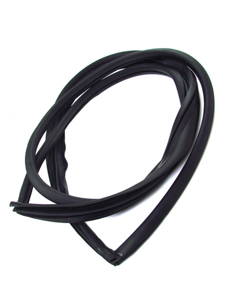 1963 Pontiac Bonneville Vulcanized Rear Windshield Seal, for 2-Door Hardtop-VWS 3129-RVulcanized Rear Windshield Seal, for 2-Door Hardtop. (Also fits '62 Impala 2-door hardtop sport coupe). Each
1963 Pontiac Bonneville Vulcanized Rear Windshield Seal, for 2-Door Hardtop-VWS 3129-RVulcanized Rear Windshield Seal, for 2-Door Hardtop. (Also fits '62 Impala 2-door hardtop sport coupe). Each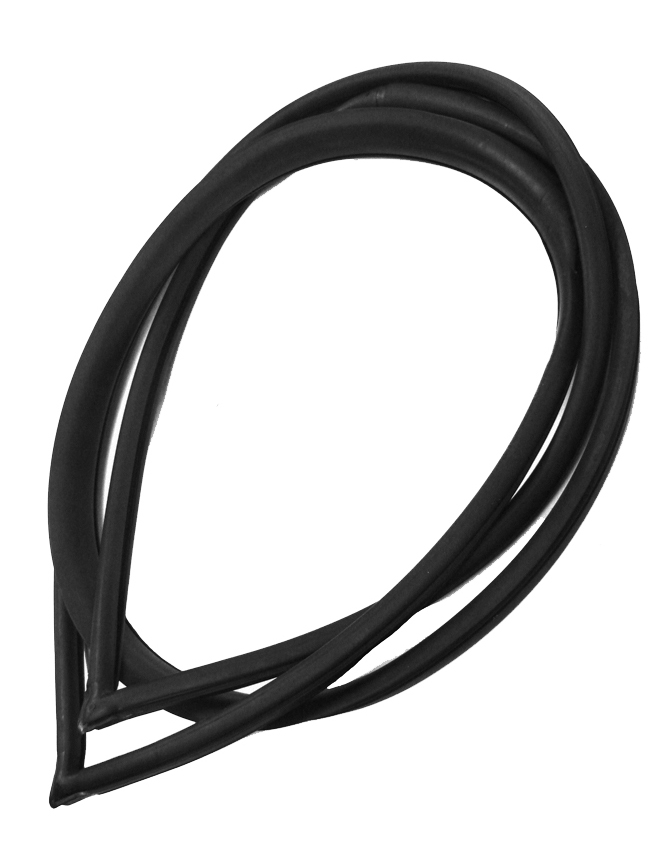 1963 Pontiac Bonneville Vulcanized Rear Windshield Seal, for 4-Door Hardtop. Each-VWS 3163-RVulcanized Rear Windshield Seal for 63-64 GM B Body 4-Door Hardtop. Each. Replaces OEM #4877006.
1963 Pontiac Bonneville Vulcanized Rear Windshield Seal, for 4-Door Hardtop. Each-VWS 3163-RVulcanized Rear Windshield Seal for 63-64 GM B Body 4-Door Hardtop. Each. Replaces OEM #4877006.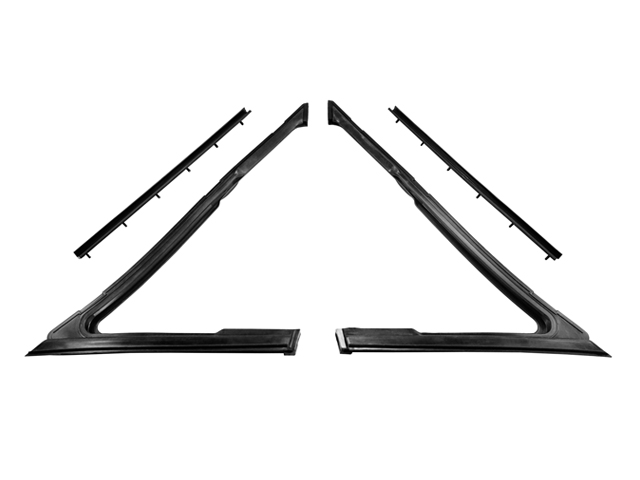 1963 Pontiac Bonneville Vent window and rear division channel seals-WR 2002-DVent window and rear division channel seals. Fits most '63-'64 GM B-body and C-body 2-door and 4-door hardtops and convertibles, 4-piece set. R&L. Main seals replace OEM #'s 5715466/5715467 only.
1963 Pontiac Bonneville Vent window and rear division channel seals-WR 2002-DVent window and rear division channel seals. Fits most '63-'64 GM B-body and C-body 2-door and 4-door hardtops and convertibles, 4-piece set. R&L. Main seals replace OEM #'s 5715466/5715467 only.  1963 Pontiac Bonneville Vent window with rear division channel seals-WR 2002-FVent window with rear division channel seals - left and right, '63-'64 GM 'B' & 'C' body 2 & 4 door hardtop and convertible models, four piece set. R&L. Main seals replace OEM #'s 5715584/5715585.
1963 Pontiac Bonneville Vent window with rear division channel seals-WR 2002-FVent window with rear division channel seals - left and right, '63-'64 GM 'B' & 'C' body 2 & 4 door hardtop and convertible models, four piece set. R&L. Main seals replace OEM #'s 5715584/5715585. Why Choose Metro?
For over 100 years, Metro Moulded Parts has been the pinnacle of quality in classic car restoration parts. Our commitment to precision and authenticity in every component ensures a perfect fit and an OEM-level appearance.
- Expert Craftsmanship & Quality: Each part is a testament to our dedication to reliability and perfection, crafted from original designs and thoroughly tested.
- Advanced Technology: We use cutting-edge techniques to create flawless, long-lasting parts that surpass others in performance.
- SuperSoft Sponge – The Ultimate Door Seal: Not only are our door seals 30% softer than competitors', but they're also guaranteed to never leak. They effectively reduce wind and road noise, enhancing your classic car's comfort and driving experience.
- Proudly American: Our parts are a product of American craftsmanship, made in the USA with a spirit of excellence and heritage.
- Unrivaled Warranty: We back our products with a 30-year industry-leading warranty, a testament to our confidence in their quality.
Join us in preserving the legacy of classic cars with parts that are crafted for perfection, not just made.

